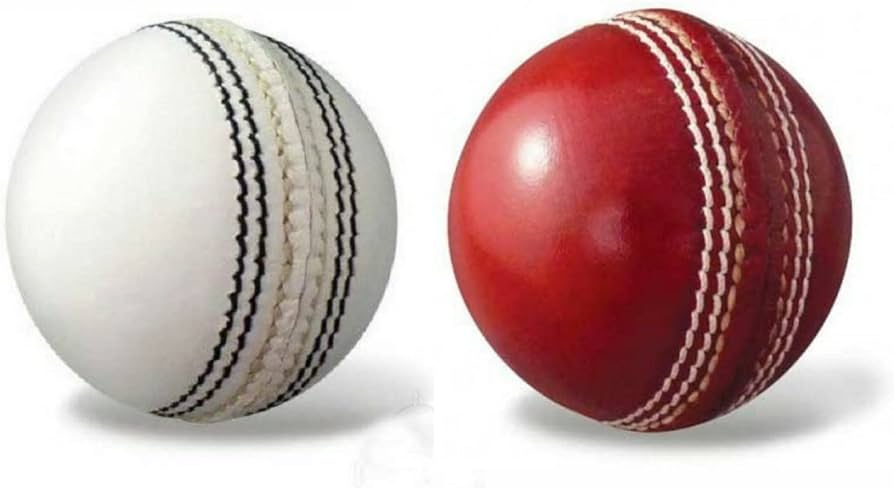Cricket is often called a gentleman’s game, finds its essence not only in the skillful strokes of the cricket bat but also in the beautiful trajectory of the cricket ball. Originating from the leisurely pastimes of bored shepherds, cricket’s timeless charm is intricately woven with the evolution of the cricket ball, a soulful companion that has seen sophistication over the centuries.
In 1775, the game took a significant step forward when Duke & Sons received a royal patent from King George VI, marking the genesis of the modern cricket ball. Crafted in the heart of Southeast England in Kent, skilled craftsmen carefully craft these balls with a tightly wrapped cork core, which provides the necessary weight and bounce. The outer layer, made of leather with stitched stitching, provides the grip the bowlers need for the fascinating interplay of swing, spin, flight and pace – which makes cricket a captivating spectacle.
As cricket spread its foot in the British colonies, Australia’s Kookaburra emerged as an important player in cricket ball manufacturing in the 1890s. In India, the establishment of Sanspareils Greenlands (SG) in Sialkot in 1931 was a significant moment. Even after the partition of India, the tradition of handmade Dukes and SG balls continued, and Meerut, a small city in India became their new home.
The traditional red cricket ball, synonymous with the longest format of the game, faced a challenge with the advent of World Series Cricket under floodlights in 1977. The visibility of the red ball under artificial lights proved challenging, leading to the introduction of the white ball for day-night limited overs matches. However, the red ball, with its durability to withstand up to 80 overs, has maintained its position as the quintessential choice for Test matches, while the pink version made its debut in day-night Tests in 2015.
Cricket balls follow the British standard BS 5993, which specifies weight and circumference for men’s, women’s and junior matches. The subcontinent, especially Sialkot, Jalandhar and Meerut, has become the center of cricket ball production, with Dukes and SG balls retaining their handmade heritage.
In 2021, cricket saw a technological leap with the introduction of the smart cricket ball during the Caribbean Premier League. The Kookaburra ball, fitted with an electronic chip, transmits real-time information, providing insight into speed, revolutions and player performance. Marketed as ‘the best equipment for bowlers’ this innovation reflects cricket’s adaptability to modern technology.
Different Colors of Cricket Ball:
Cricket balls come in different colors, each with a unique purpose.
The Red Ball: With its longevity and clean swing, dominates Test matches.
The White Ball: The white ball was introduced in 1977, increases visibility under floodlights and finds its place in day-night limited overs games mainly ODI and T20 games.
The Pink Ball: introduced in 2009, bridges the gap, catering for both day and night cricket matches. The primary reason for introducing the pink cricket ball was to address visibility problems during day-night matches played under artificial lights. The traditional red ball commonly used in Test cricket can be challenging to see under floodlights. The pink color provides better visibility, allowing players and spectators to track the ball more easily during evening and night sessions.

According to British Standard specifications, precision defines the structure of the cricket ball. The core, molded from cork and covered with four layers of leather, ensures optimal bounce and weight. Manufacturing units around the world including Kookaburra, Dukes and SG supply cricket balls globally. The nuances of performance between these brands add another layer of strategy to the game, with preferences varying between nations for different formats.
As cricket continues to evolve, the cricket ball remains its unsung hero, bearing witness to the drama that unfolds on the pitch, a testament to the enduring spirit of the game.











2 thoughts on “Cricket Ball – The 1 Product you know but the story which is unknown”